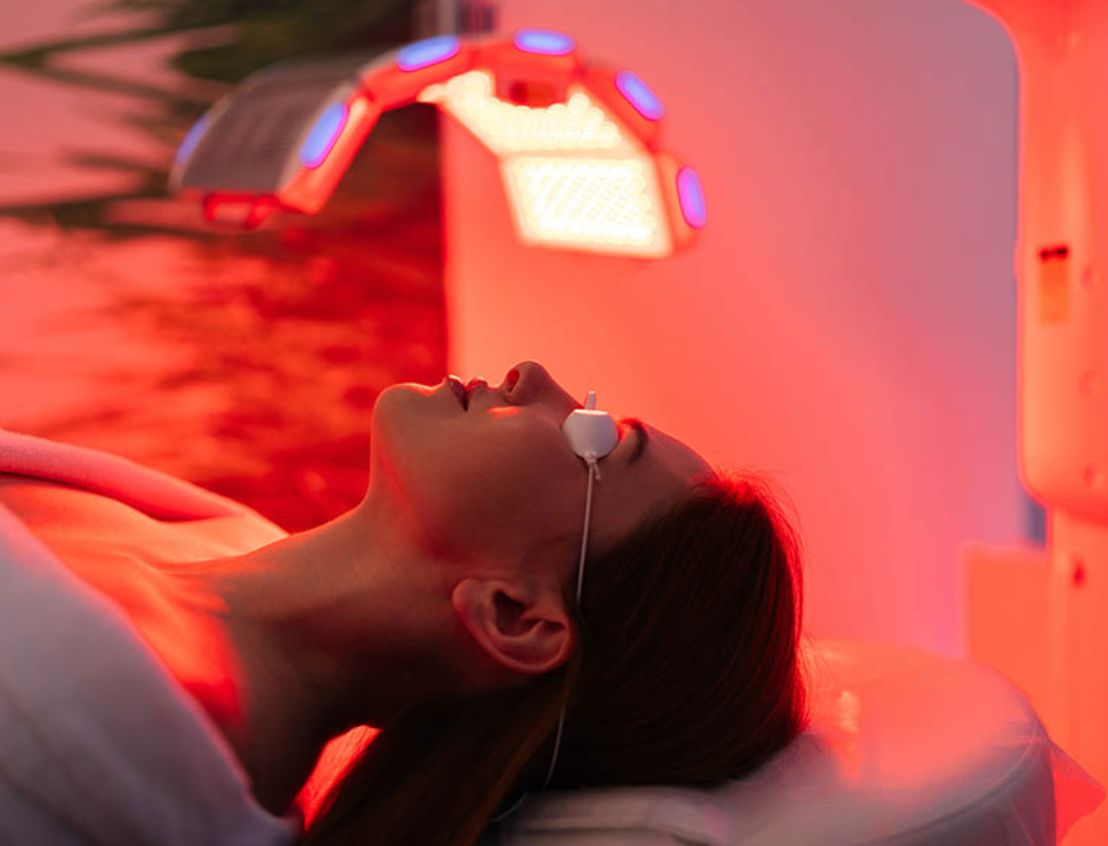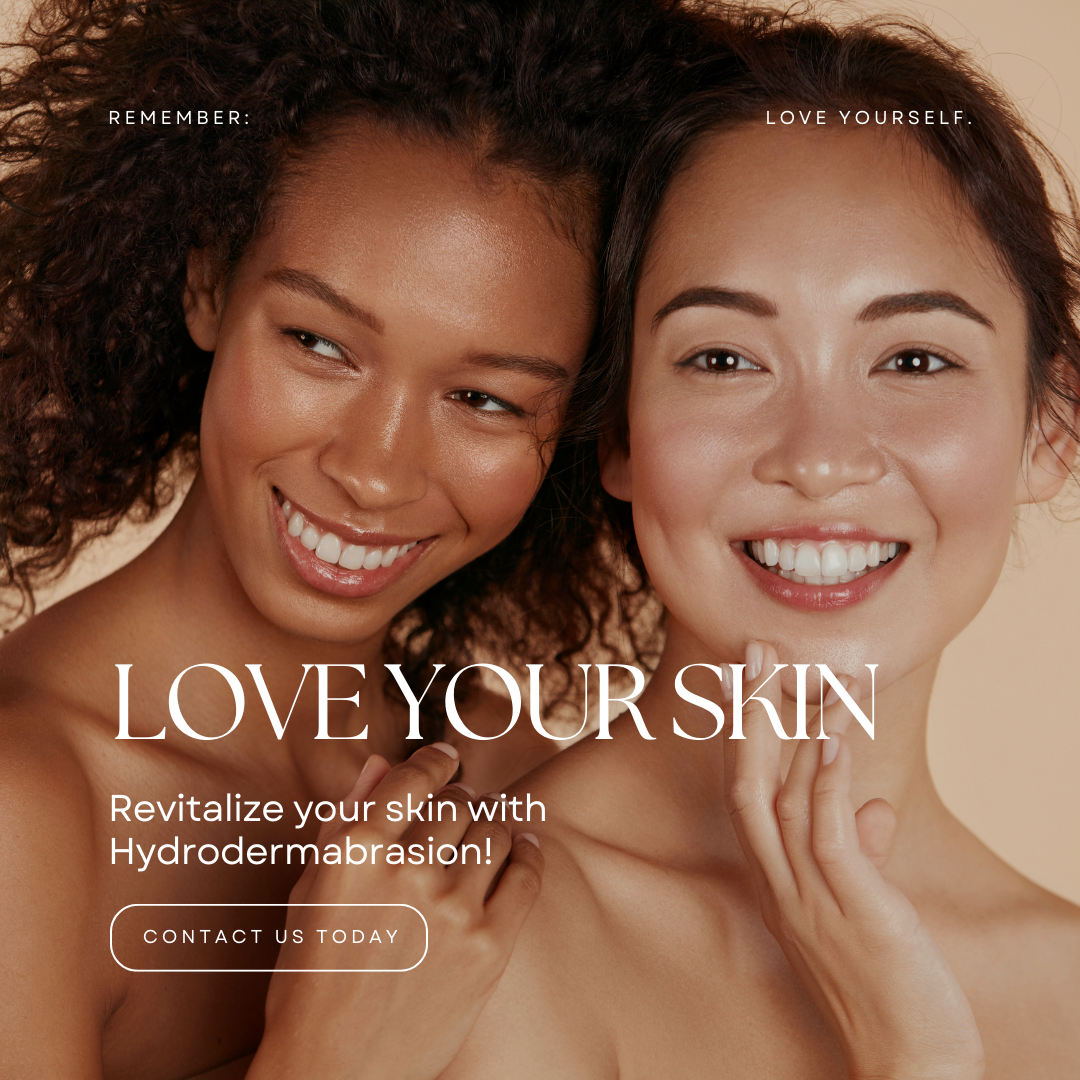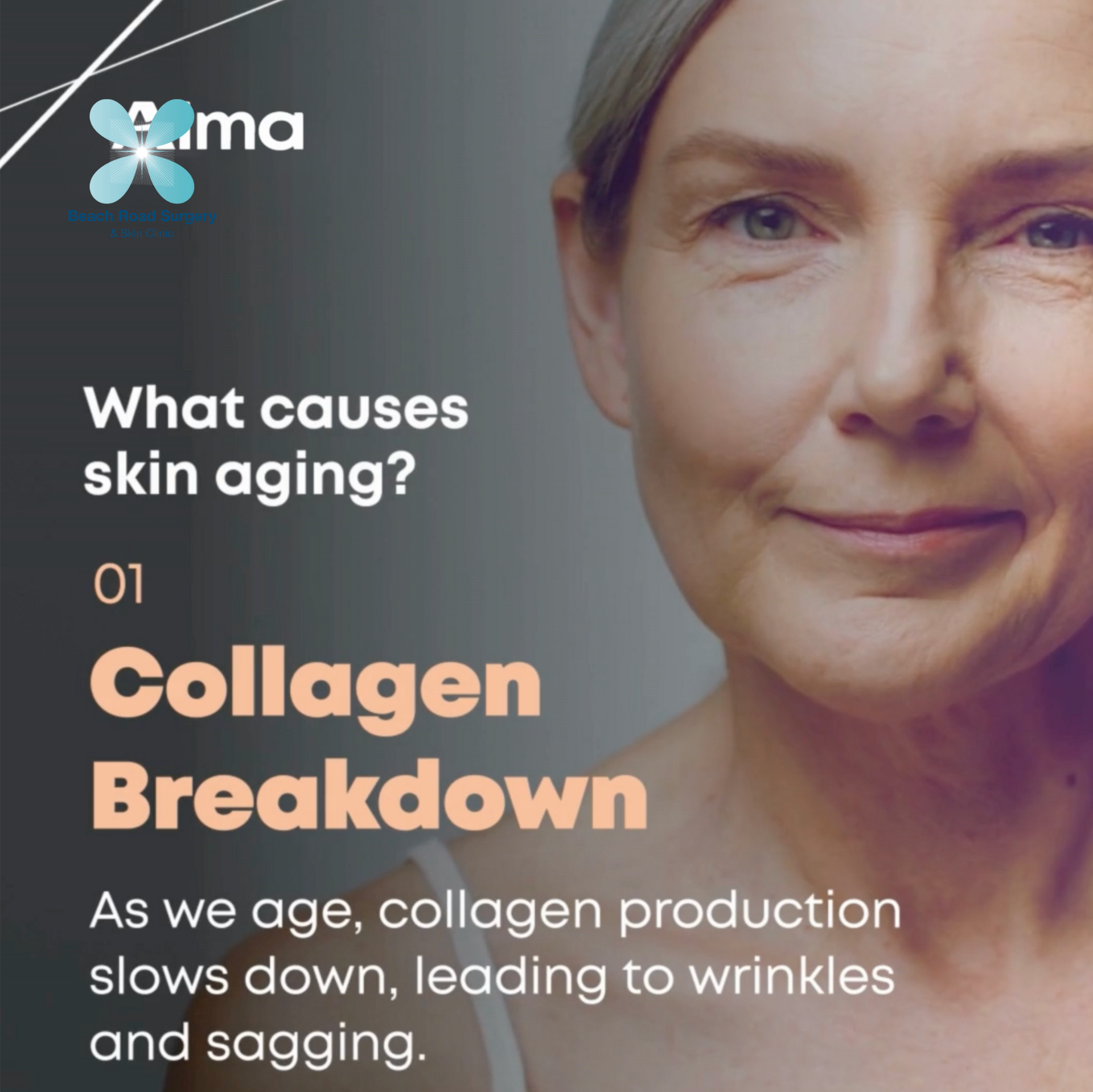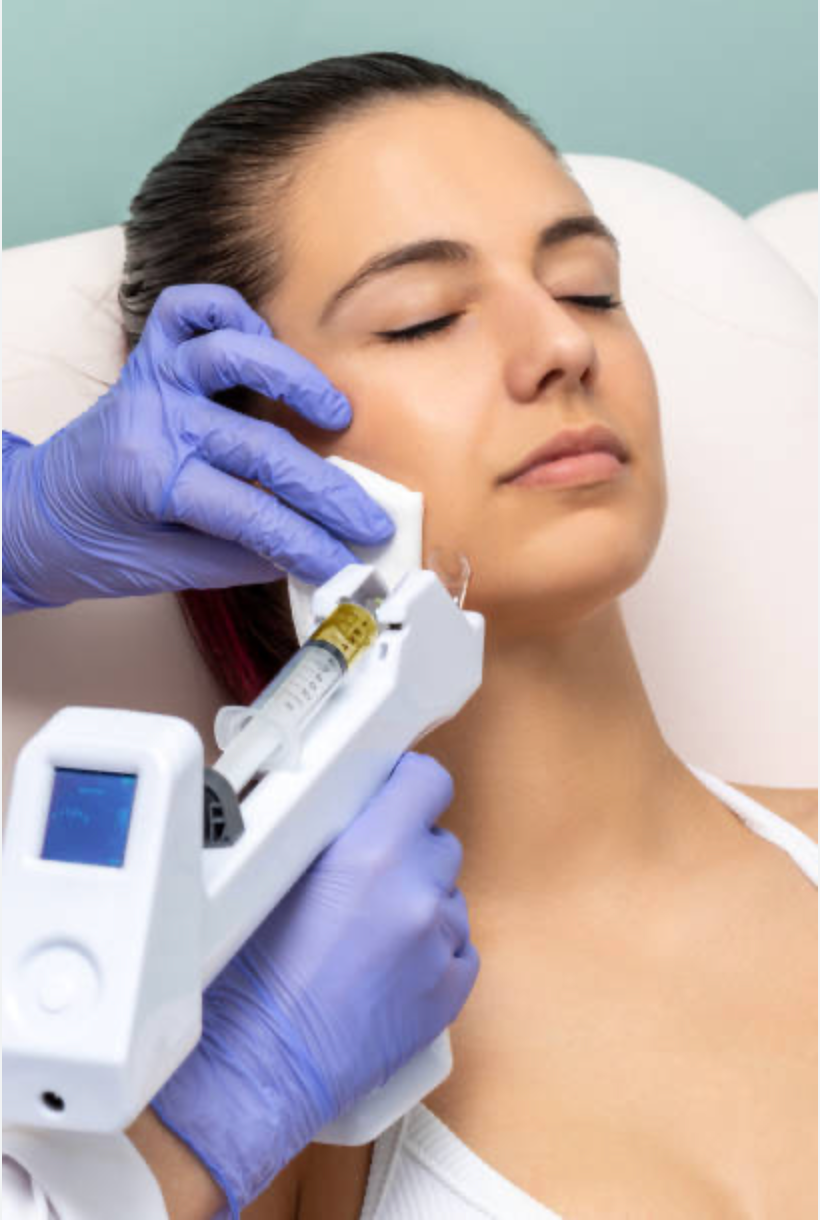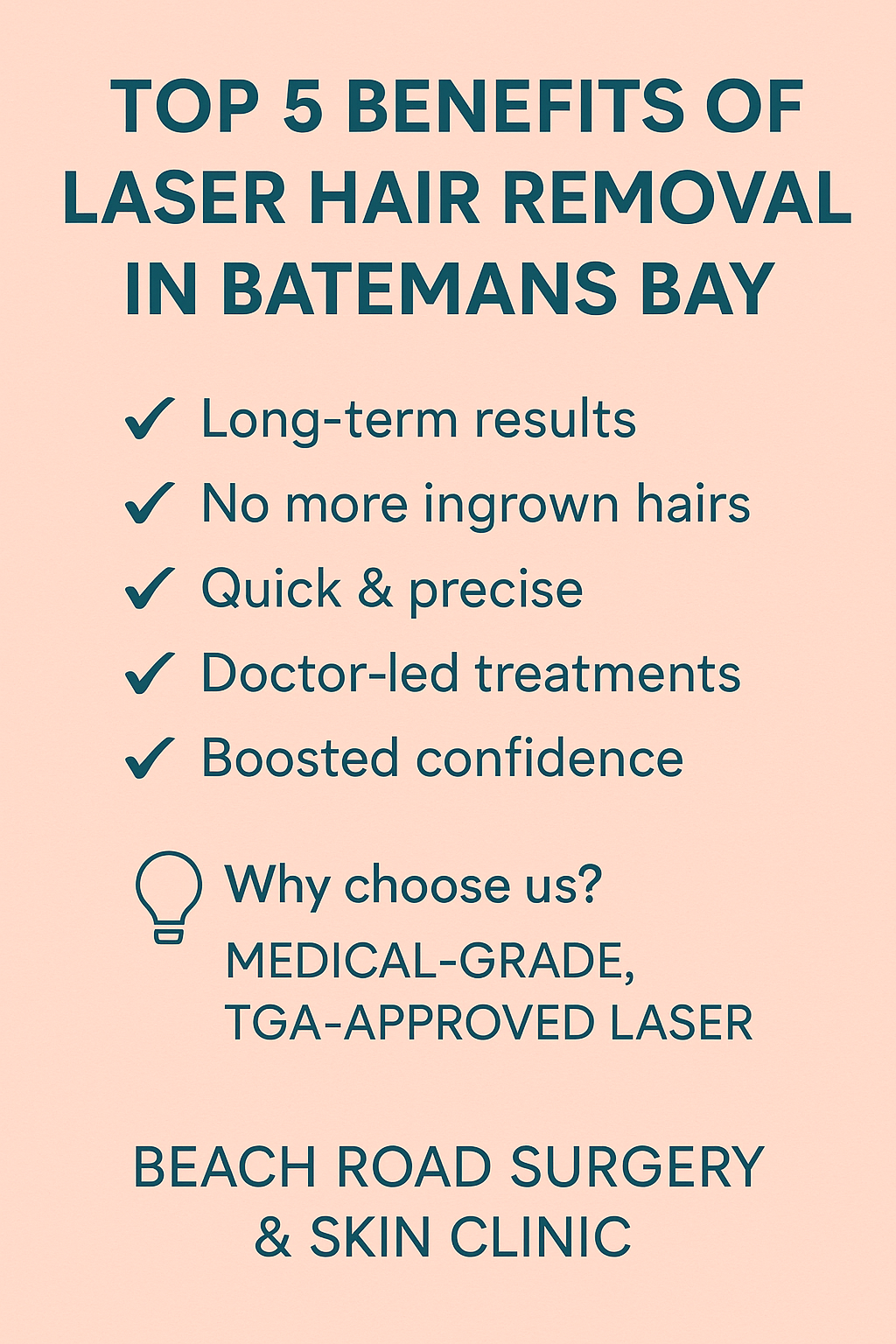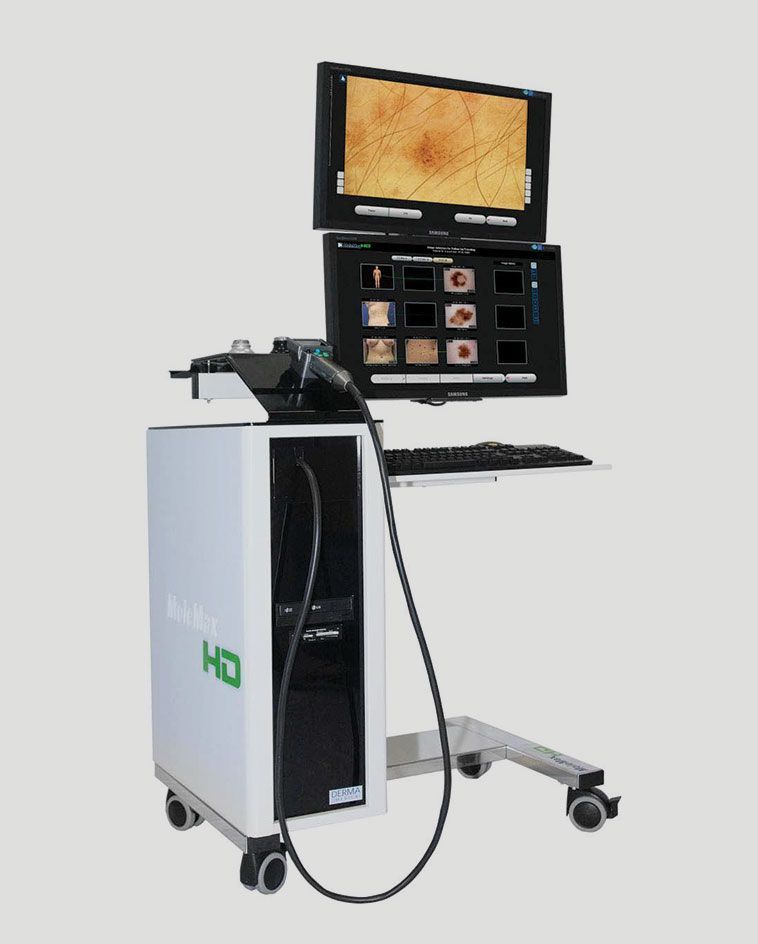Introduction:
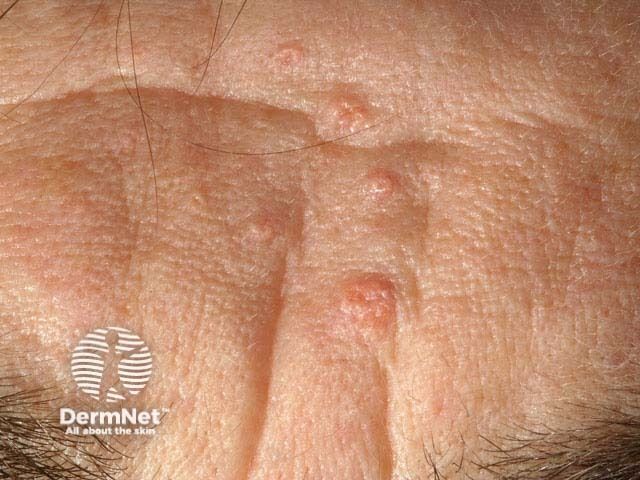
Sebaceous gland hyperplasia is a common, benign skin condition characterized by the enlargement of sebaceous glands, typically appearing as small, yellowish bumps on the face, particularly on the forehead and cheeks. While the condition is harmless, it can be cosmetically bothersome, leading many individuals to seek treatment.
Treatment Options
- Topical Treatments
- Retinoids: Topical retinoids, such as tretinoin, can help reduce the size of the sebaceous glands and prevent clogging. These are particularly useful for mild cases of sebaceous hyperplasia.
- Trichloroacetic Acid (TCA) Peels: Applying TCA in concentrations up to 70% can effectively reduce the appearance of sebaceous hyperplasia when used regularly over a few months.
- Medications
- Isotretinoin: Oral isotretinoin, a powerful retinoid, is often reserved for severe or extensive cases. It can significantly reduce sebaceous gland size and sebum production, but lesions may recur once the treatment is stopped.
- Antiandrogens: In females, antiandrogens like spironolactone may help by reducing androgen levels, which can decrease sebaceous gland activity.
- Procedural Treatments
- Laser Therapy: Various laser treatments, including pulsed-dye laser and diode laser, have shown effectiveness in reducing sebaceous hyperplasia. Laser treatments work by selectively targeting the sebaceous glands and reducing their size without damaging surrounding tissues.
- Cryotherapy: This involves freezing the lesions with liquid nitrogen, which can be effective but may require multiple sessions.
- Electrocautery and Curettage: These methods involve burning or scraping off the lesions. While effective, they can cause scarring and are generally reserved for isolated lesions.
- Photodynamic Therapy (PDT): PDT uses a photosensitizing agent followed by light exposure to destroy sebaceous gland tissue. This method is particularly useful for patients with multiple lesions.
- Home and Preventative Care
- Skincare Products: Products containing niacinamide, salicylic acid, or over-the-counter retinol can help manage sebaceous hyperplasia by reducing sebum production and preventing gland clogging.
Conclusion
Sebaceous gland hyperplasia, while benign, can be managed effectively through various treatments ranging from topical applications and medications to advanced procedural techniques like laser therapy and photodynamic therapy. At Beach Road Surgery & Skin Clinic, we offer a comprehensive approach to treat and manage this condition, tailored to each patient's needs and the severity of their condition.
For more personalized advice or to schedule a consultation, please contact our clinic. Our team of experts is dedicated to providing the best care and treatment options available.



